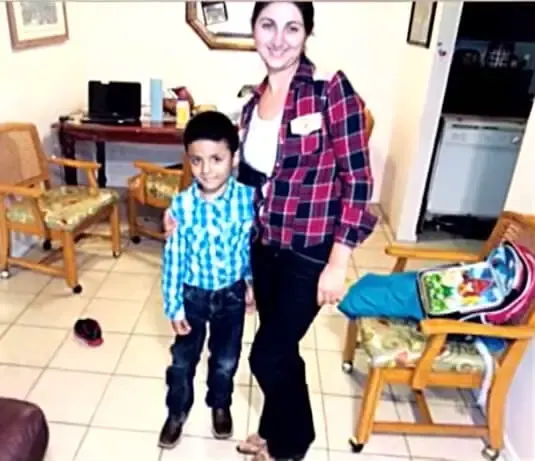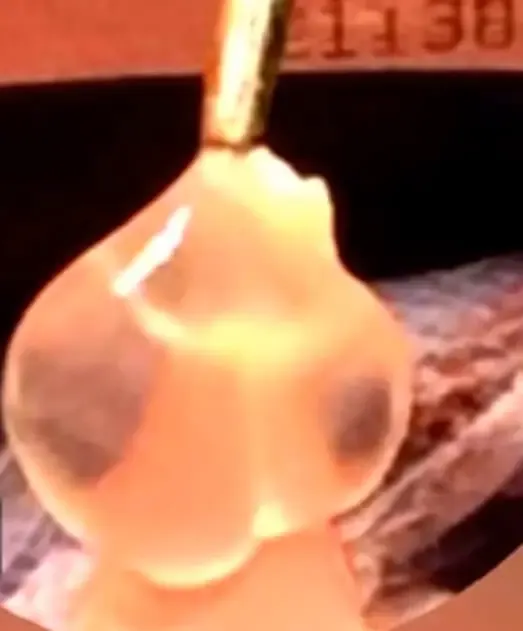Parasitic creatures are no laughing matter. Small and persistent, these parasites have evolved over millennia to adapt to its desired host’s bodies.
We have gotten rid of many of these parasites from our living environment via a combination of application of science and educating the public about hygiene.
In fact, you would find that cases of major parasitic infections are often spread around as viral stories due to its rarity these days.
This means that when after a patient visits someplace with poor hygiene standards, they don’t ever realise that their symptoms are caused by parasites and seek the appropriate medical attention.

A great example would be the viral story of a Texan mom named Yadira Rostro.
In the earlier months of 2015, Rostro found herself complaining of a headache that only seemed to worsen with time.
These headaches would get so bad that it would cripple her at times, and impair her vision.
Nothing she did would help – these headaches would only persist.
Desperate, she finally took a visit to see the doctor.
In September, 9 months after the initial start of the headaches, Rostro discovered via CT scans ordered by her doctors the horrifying reason behind her suffering.

At first, CT scans seemed to have revealed what appeared to be an unusual tumor inside the skull of the 31-year-old mother from Garland.
Detailed MRI scans ordered later, however, unveiled the truth – it was actually an infestation of tapeworms.
Parasites that ordinarily are found in the gut at worst, these tapeworms had managed to get access to the body’s bloodstream as eggs and ended up hatching inside Rostro’s skull.
This happens to be a condition known as neurocysticercosis.
As a result, it was their presence that caused the headaches and vision problems that Rostro was experiencing.
This was due to the location of the tapeworms, where they settled at the base of Rostro’s brain.

Due to the urgency of the situation, Rostro underwent surgery immediately.
Lead by neurosurgeon Dr. Richard Meyrat, the surgeons at Methodist Dallas Medical Center proceeded to open up the skull.
They then had to remove the cerebellum so they could access the sacs containing the tapeworms surrounding the brain stem.
These larval sacs were clear, and were filled with liquid. Suspended in this liquid were tapeworm eggs and small tapeworms.
With the help of a microscope, removed about 6 to 8 sacs of tapeworms were then removed from Rostro’s brain.
Since then, Rostro has made a full recovery and is now doing well.
She believes that the infestation was caused by food she ate while she was previously on a trip to Mexico.
It was likely the food was contaminated, thereby allowing tapeworms to enter her gut and subsequently travel through her bloodstream into her brain, where it took residence.
Thankfully, this woman’s life has been saved before any lasting and permanent damage could have been caused.
It does speak volumes about how we ought to maintain and be aware of the hygiene standards of our environment, lest something like this occur again.
